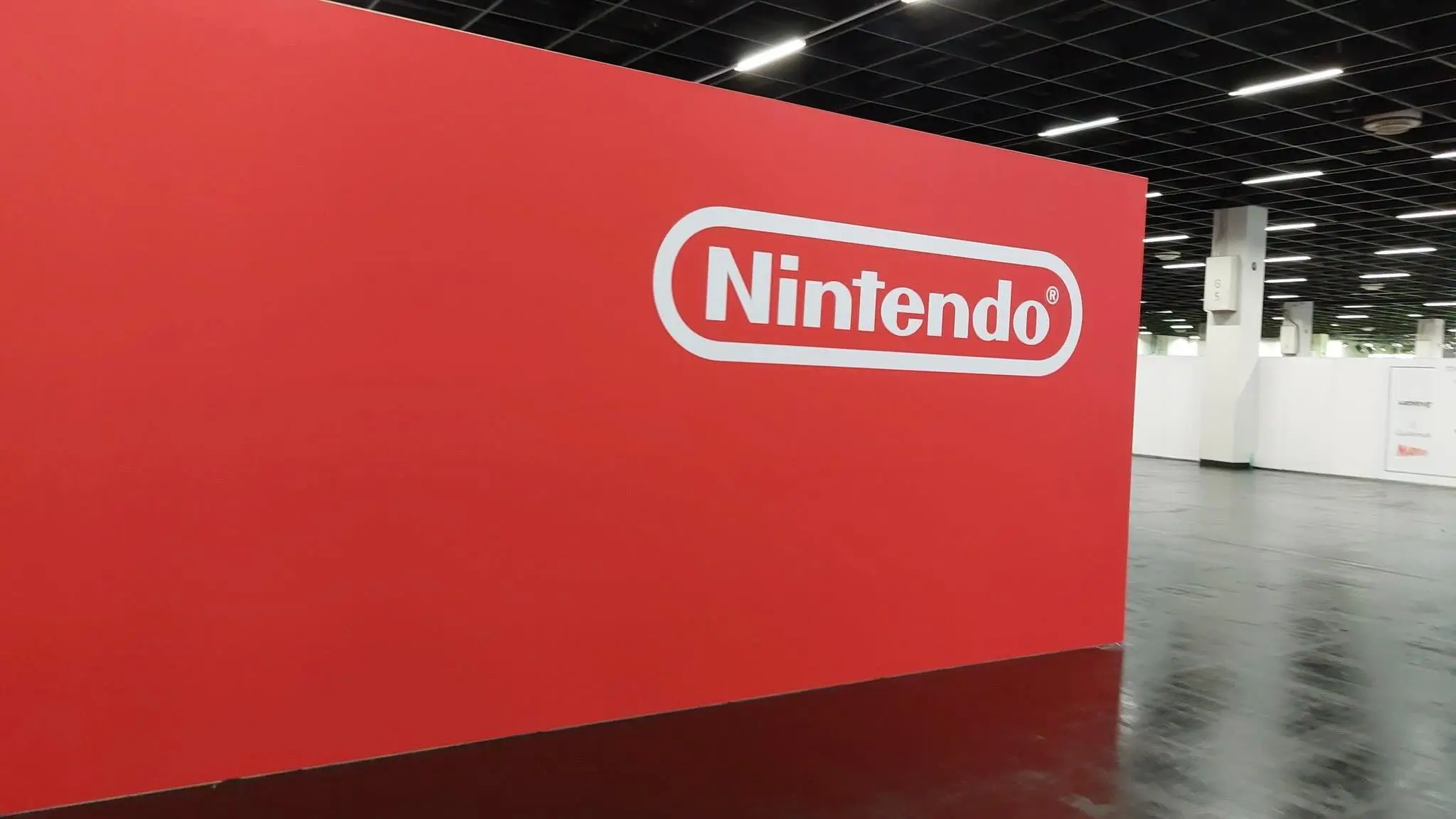Taiwan Semiconductor Manufacturing Company (TSMC), the world’s leading contract chipmaker, has offered Apple a sneak peek at its groundbreaking 2nm chip technology. This demonstration marks a significant milestone in the relentless pursuit of miniaturization in the semiconductor industry, promising a future of dramatically enhanced performance and power efficiency.
Key Highlights:
- TSMC showcases its first 2nm chip prototypes to Apple, promising a major leap in performance and efficiency.
- Mass production slated for 2025, with iPhone 17 Pro likely to be the first device sporting the new technology.
- 2nm chips boast 70% higher transistor density and 15% lower power consumption compared to current 5nm counterparts.
- Increased density paves the way for more powerful processors, improved battery life, and potentially new features in future Apple devices.
- Chipmaking giant faces challenges in scaling down production and navigating geopolitical tensions.
![]()
While details remain under wraps, TSMC confirmed that its 2nm chips achieve a remarkable 70% increase in transistor density compared to the currently dominant 5nm process. This translates to more transistors crammed into a smaller space, paving the way for significant performance improvements in processors, graphics cards, and other critical components. Additionally, the new chips are expected to be 15% more power-efficient, a welcome boost for battery life in mobile devices.
iPhone 17 Pro a Potential 2nm Pioneer
Analysts speculate that the 2025 iPhone 17 Pro models could be the first Apple devices to boast the 2nm chip. This aligns with Apple’s long-standing partnership with TSMC, which manufactures all of the company’s A-series and M-series processors. Incorporating the 2nm technology could further solidify Apple’s lead in mobile and desktop chip performance, potentially opening doors for innovative software and hardware features in future iPhones, iPads, and MacBooks.
Doubling Down on Density
The shift to 2nm represents a major technological hurdle. TSMC has invested heavily in research and development to overcome the challenges of manufacturing at such minute scales. These challenges include refining complex manufacturing processes, developing new materials, and navigating geopolitical tensions that impact the global semiconductor supply chain.
A Glimpse of the Future, But Challenges Remain
Despite the impressive advancements, the road to widespread adoption of 2nm chips is not without its obstacles. Initial yields are likely to be low, impacting production costs and availability. Additionally, the ongoing trade war between the US and China continues to cast a shadow over the global chipmaking landscape, potentially posing hurdles for TSMC’s future production plans.
However, the successful demonstration of its 2nm technology underscores TSMC’s commitment to pushing the boundaries of miniaturization. As the industry eagerly awaits the arrival of these next-generation chips in 2025, one thing is certain: the future of electronics is getting smaller, faster, and more efficient.
Looking Ahead
The successful demonstration of TSMC’s 2nm chip technology is a testament to the relentless pace of innovation in the semiconductor industry. While challenges remain, the potential benefits of these miniaturized marvels are undeniable. From performance and battery life improvements to entirely new device capabilities, the 2nm era promises to unlock a new chapter in the evolution of consumer electronics.

















